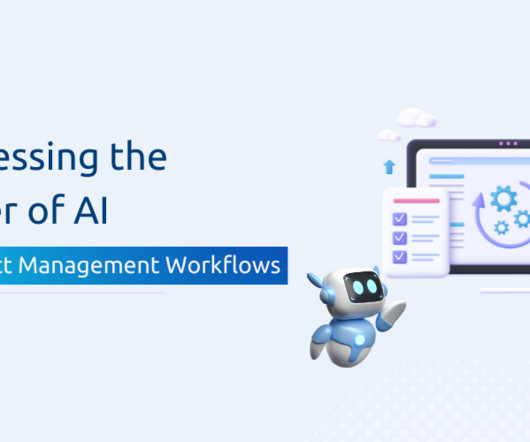The Rise of the AI-Powered PMO: Skills and Strategies for Thriving in an AI-Augmented Project Landscape
The IIL Blog
MARCH 26, 2024
By Ruchi Gupta, PMP ® , PgMP ® , PMI-ACP ® , PMI-RMP ® , SAFe, DASSM, SIP, Jira CBAP ® The accelerating rise of Generative AI tools like ChatGPT, Gemini, Copilot, and others is rapidly reshaping the way project management operates. The Project Management Office (PMO) is no exception.














Let's personalize your content